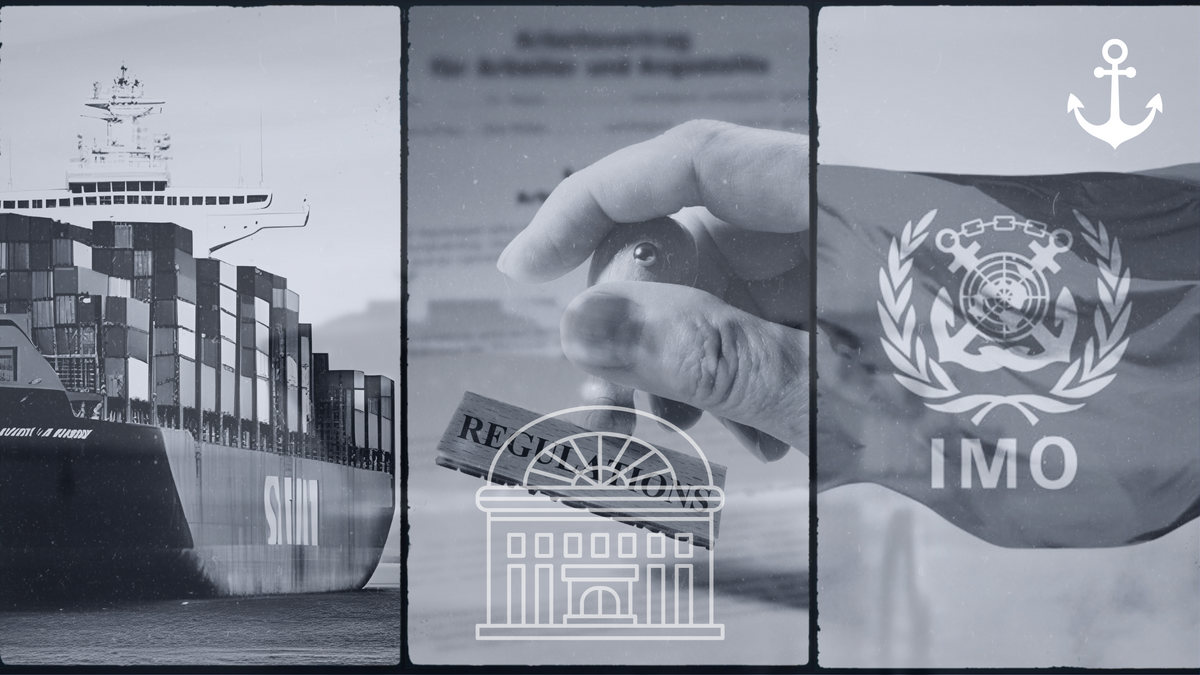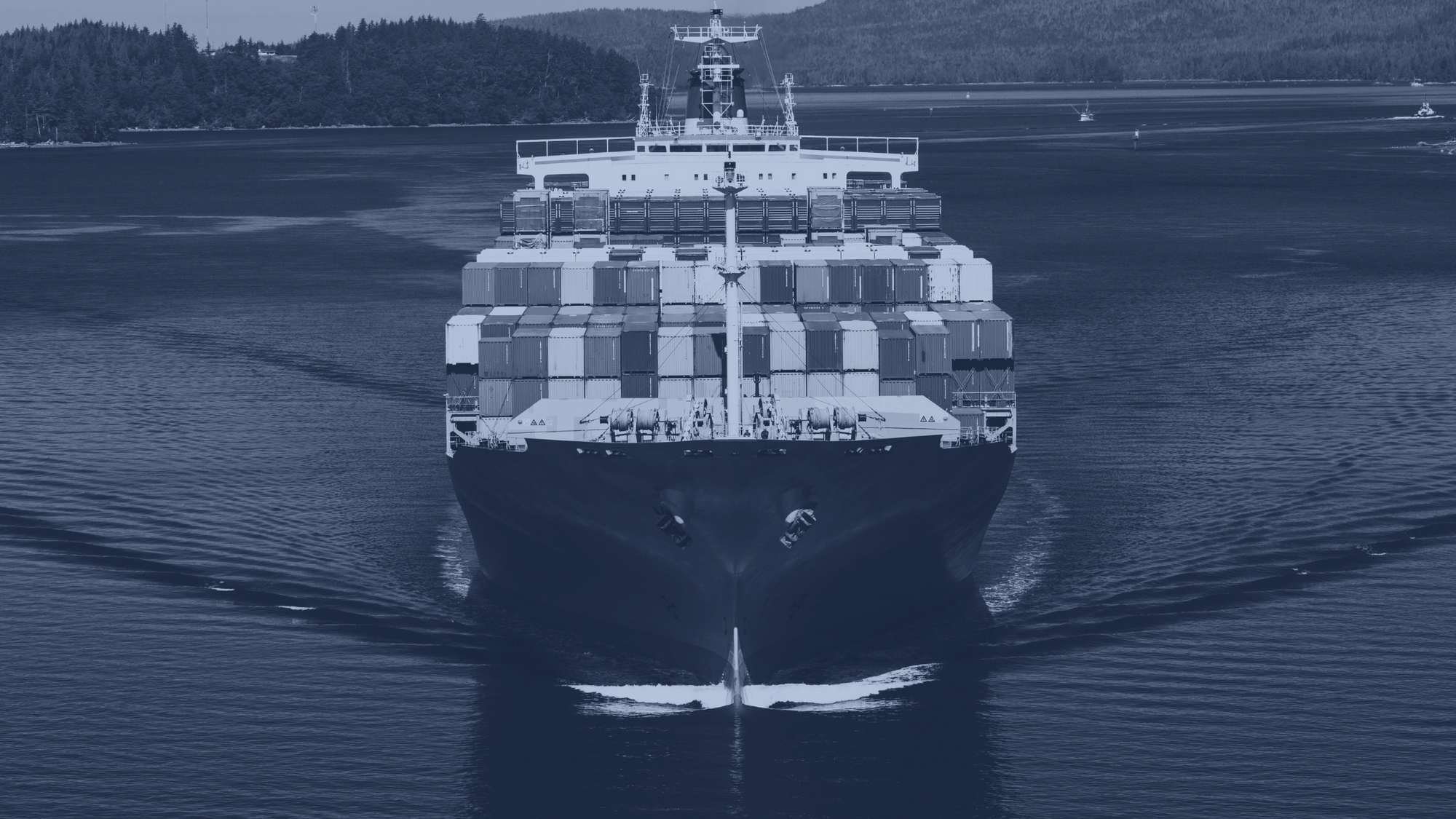Decoding IMO's Bunker Convention: Ensuring Compensation for Environmental Protection

Oil spills from ships have long been a concern for environmentalists and governments alike. Earlier, to address the issue, the CLC was adopted and entered into force to ensure that those affected by such incidents receive prompt and adequate compensation. However, there were loopholes. To fill these gaps, the Bunker Convention, the International Convention on Civil Liability for Bunker Oil Pollution Damage, commonly known as the Bunker Convention, was adopted on 23rd March 2001.
It came into force on 21st November 2008, offering a comprehensive framework to deal with pollution damage caused by spills of oil carried as fuel in ships' bunkers. In this blog, we will explore the key provisions and significance of this convention in protecting the marine environment.
Before the Bunker Convention, several international conventions addressed liability and compensation for oil pollution from tankers. Notably, the International Convention on Civil Liability for Oil Pollution Damage (CLC) of 1969 and the International Convention on the Establishment of an International Fund for Compensation for Oil Pollution Damage (FUND) of 1971 focused on spills from oil tankers. However, there was no specific international framework to address oil pollution from ships' bunkers.
Scope of the Convention

The Bunker Convention applies to damage caused on the territory, including the territorial sea, and in exclusive economic zones of States Parties.
It provides a free-standing instrument exclusively addressing pollution damage. "Pollution damage" refers to loss or damage caused outside the ship by contamination resulting from the escape or discharge of bunker oil, wherever it may occur.
Compensation for environmental impairment, excluding loss of profit, is limited to the costs of reasonable reinstatement measures undertaken or to be undertaken. Additionally, the convention covers the costs of preventive measures and any further loss or damage caused by these measures.
"In the ocean's embrace, the Bunker Convention stands as a beacon, illuminating the path to protect our marine treasures from the shadows of pollution"
Modelling on Predecessor

The Bunker Convention draws inspiration from the International Convention on Civil Liability for Oil Pollution Damage of 1969, which addressed liability and compensation for oil spills from tankers. As with its predecessor, a key requirement in the Bunker Convention is for the registered owner of a vessel to maintain compulsory insurance cover.
(In case any reader is wondering what 'predecessor' means, it refers to the person/thing who was in the job or position before the person/thing who is in it now, or a thing such as a machine that has been followed or replaced by something else.)
"As the Bunker Convention sets its course, we unite to protect marine life and coastal communities, preserving our seas for generations to come."
Direct Action and Financial Security

One significant provision of the Bunker Convention is the requirement for direct action. This empowers those affected by pollution damage to bring a claim for compensation directly against an insurer. The convention mandates ships over 1,000 gross tonnage to maintain insurance or other financial security, such as a bank guarantee, covering the liability of the registered owner.
The financial security must be equivalent to the limits of liability under the applicable national or international limitation regime. Importantly, it should not exceed the amount calculated in accordance with the Convention on Limitation of Liability for Maritime Claims, 1976, as amended.
"The sea, once it casts its spell, holds one in its net of wonder forever."
Jacques Yves Cousteau
Relationship with Other Conventions

The Bunker Convention is designed to complement other international conventions related to oil pollution. Notably, it works alongside the International Convention on Civil Liability for Oil Pollution Damage (CLC) and the International Convention on the Establishment of an International Fund for Compensation for Oil Pollution Damage (FUND). The CLC and FUND conventions address pollution damage caused by oil spills from oil tankers, while the Bunker Convention focuses specifically on spills from ships' bunkers.
Like many international conventions, the Bunker Convention has been subject to amendments and updates over the years. These changes aim to keep the convention relevant and effective by adjusting liability limits and addressing emerging issues related to bunker oil pollution.
The International Convention on Civil Liability for Bunker Oil Pollution Damage, or the Bunker Convention, has been a crucial development in maritime law, ensuring prompt and effective compensation for pollution damage caused by bunker oil spills.
By imposing strict liability and requiring financial security, the convention encourages responsible shipping practices and environmental protection.
Subscribe to MarineX premium plans to read full blog